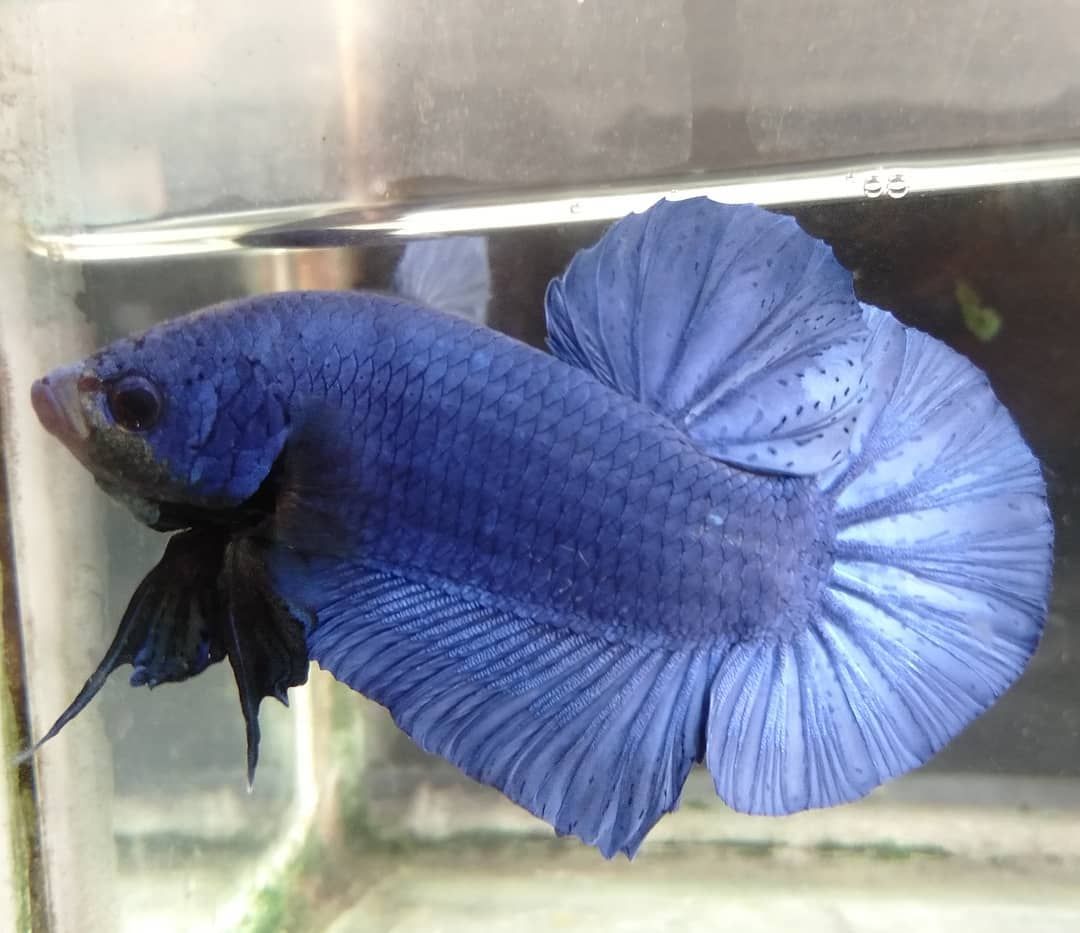Constantly, new variations are created and promoted. This could seem daunting if you’ve never kept bettas before. This tutorial will assist in deconstructing some of the most well-known types and defining some of the related terms. Additionally, it will clarify some of the terms used while searching for betta fish at Josh’s Frogs.
Table of Contents
Kinds Of Fin
The kind of Hellboy betta tail is a key factor in differentiating distinct species. The only fins on fish in the wild are short and rounded. Of course, fancy bettas come in a wide variety. The following are the most typical tail kinds you’ll see in the market right now:
Veiltail
The veiltail kind of fancy betta is the most popular. Long, fluttery fins are a defining characteristic of details. The name comes from the tail fin’s resemblance to a veil.
Plakat
Any fish with short fins is a plakat. These closely resemble bettas seen in the wild in terms of form. Plaats tend to be exceptionally strong since they often descend from stock that was initially chosen for combat. Because they enable the fish to move more rapidly and provide a smaller target, the short fins are more favorable in battles.
Of course, the hobby’s vibrant plackets nowadays are bred more for aesthetic reasons. They are also occasionally “Halfmoon” shaped and are known as HMPK (Halfmoon plakat).
Halfmoon
A betta that can fully flare its caudal or tail fin 180 degrees is known as a Halfmoon betta. The fins of half moons can be long or short. The term comes from how this looks like a half-moon or a circle cut in half.
Crowntail
The term “crown Hellboy betta” refers to the fish’s overall dorsal and anal fin expansions as well as its crown-shaped caudal fins. Both short-finned and long-finned types are available, with long-finned crown tails being particularly stunning and flowing.
They are referred to as “combatants” if the webbing between the fin ray extensions is not as decreased or the fin extensions are not as lengthy.
A long-finned betta generally has a triangular tail fin known as a “delta.” It’s thin at first, then gets wider.
It differs from the Halfmoon in that it doesn’t fully flare out to 180 degrees. In addition, a “super delta” strain exists that has a tail spread that is somewhat larger than the standard delta but falls short of 180 degrees.
Twintail
A betta type known as the twin tail or double tail has two distinct tail lobes, giving it the appearance of having a split tail. Additionally, these fish often have bigger dorsal fins. When both tails are flared, they can be half-moon shapes with a 180-degree spread.
The Bottom Line
Regardless of the variety of betta that appeals to you, you cannot go wrong with this hardy, lasting companion. In an aquarium of five gallons or more, almost all kids will thrive and live long, happy lives.
They also quickly accept pellets, flakes, and other simple feeds. Why not have two or twelve tanks of bettas in your home with all that unending spunk and all those unlimited color and fin options?

